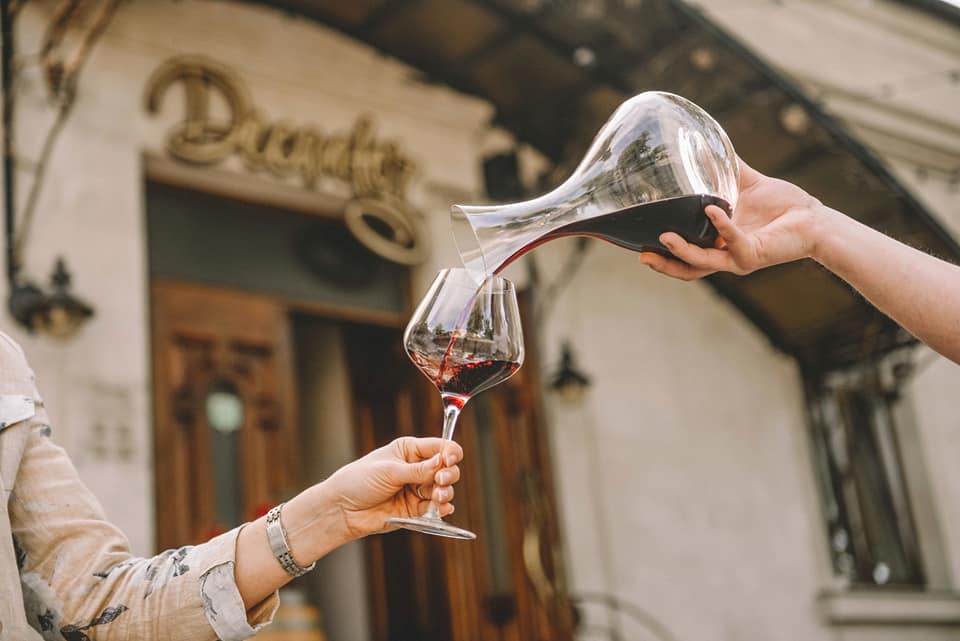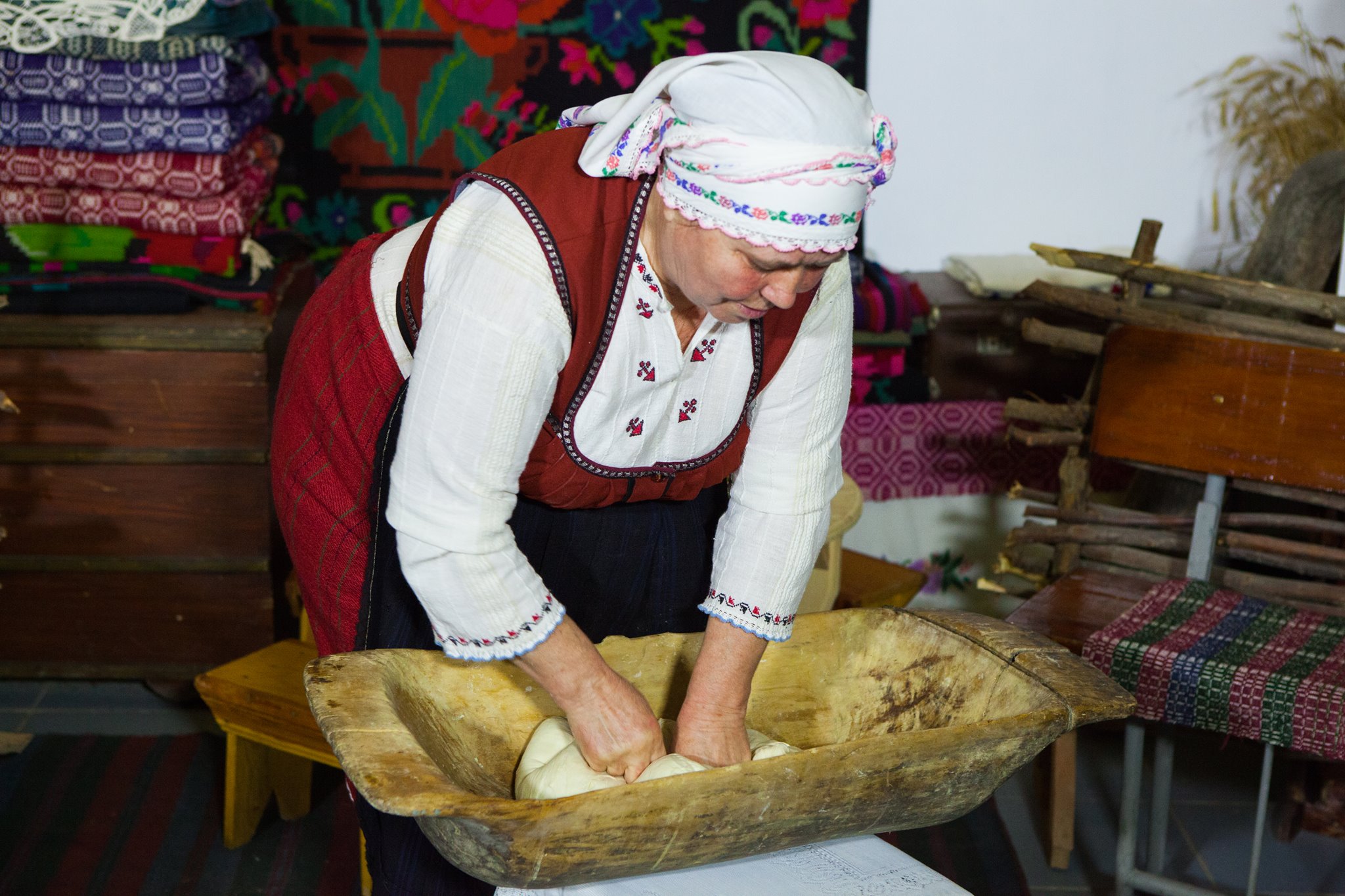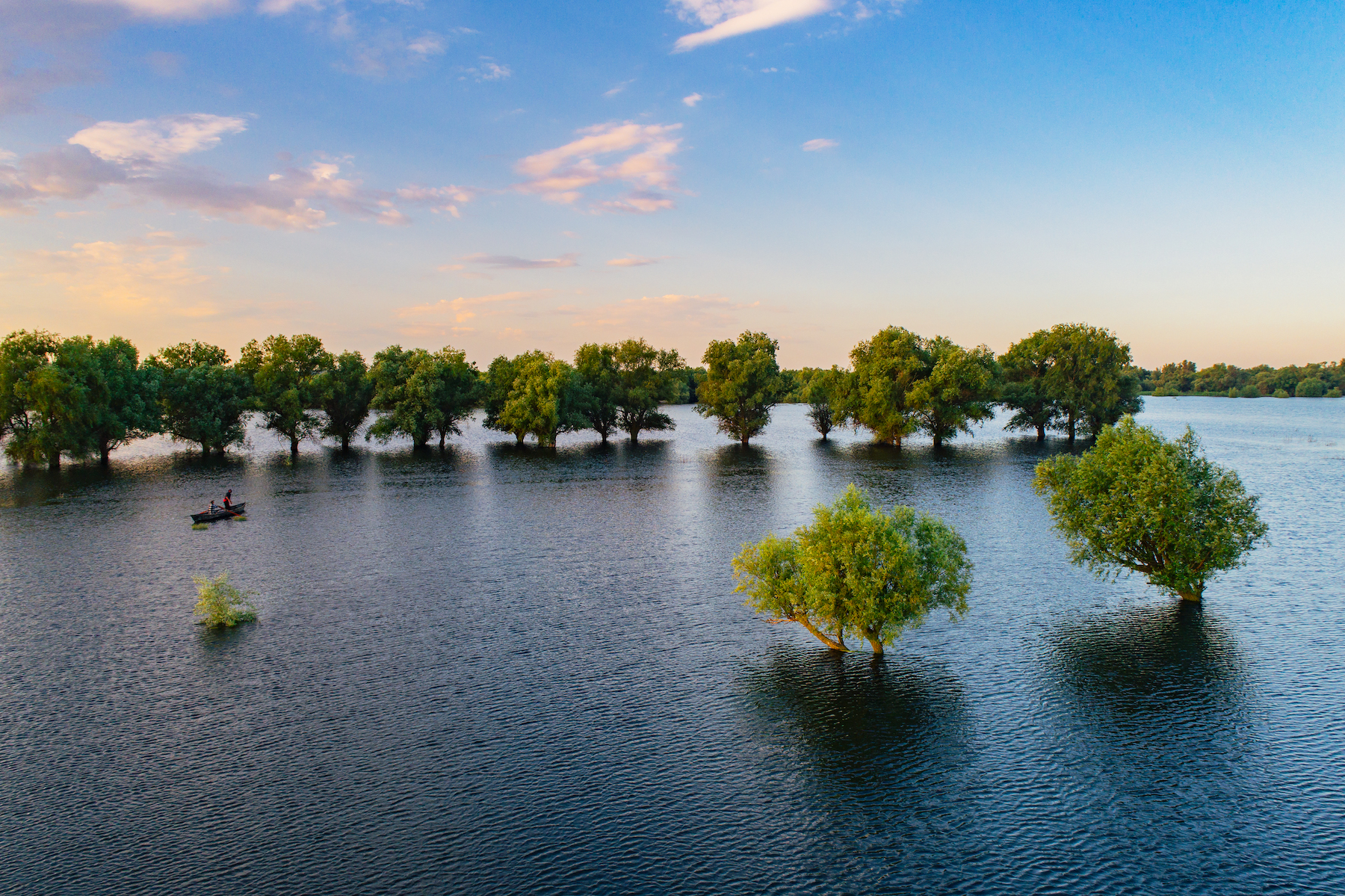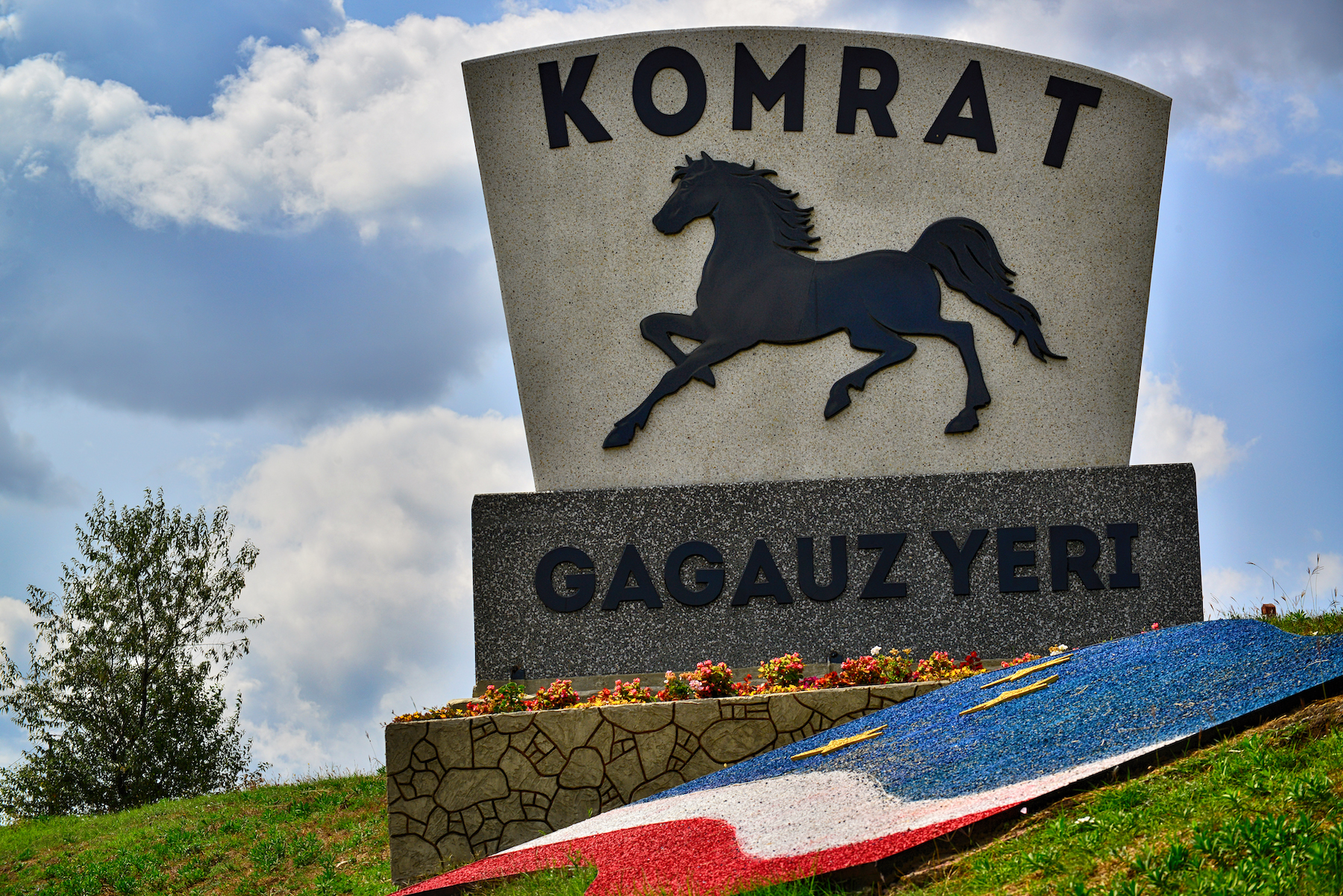Decanter Wineshop & Café is a modern sanctuary of good wines, seductive gastronomic experiences, and warm and sincere discussions. The wine shop is located in a XIX century historic building, in proximity to “Muzeul Zemstvei,” which used to be an orphanage.
Decanter Wineshop & Cafe
Giurgiulesti’s
Giurgiulesti is Moldova’s southernmost village, so it would make sense that its inhabitants have no use for the cold. Lending truth to that assumption are the village’s colorful traditions about chasing away winter and ushering in spring. The day before the Christmas fasting season starts, villagers gather at the community’s biggest intersection, light a bonfire and jump over it, shouting, “Uliliga!” — “Go away, winter!” Then they whistle to scare the cold into not returning again until next year. Another delightful Giurgiulesti ritual is Chase Aways the Fleas Day. On the first day of spring, women take the carpets in their homes outside, clean them, and yell, “Flea out, spring in.” Not only is this supposed to help chase the cold out of the house, but it’s also supposed to help farmers get ready for the growing season.
A good time to see a barrage of village traditions is during Mardi Gras, 41 days before the Orthodox Church celebrates Easter.
Bread Museum
Moldova’s traditional bread says a lot about our culinary habits and holiday rituals. A good place to learn the ins and outs of bread is Valeni village, home of the Bread Museum. Your schooling will include which types of festive breads are served on various holidays, and what rituals each type pertains to. Among the festive breads are bagels, hoopoe, pigeons, 12 types of braided wedding bread, and eight braided breads served at Christmas, Mardi Gras, Great Sunday and other holidays.
The celebratory-breads section is just a small part of the museum’s exhibits. A lot of braided breads have colorful names — plocon, bridal hoopoe, groom braided bread, father-in-law braided bread, mother-in-law hoopoe bread, and priest braided bread for the wedding.
Lake Beleu
Beleu, Moldova’s largest lake, is on UNESCO’s list of global habitats that should be preserved for their biodiversity. Part of the Prutul de Jos reserve in southern Moldova’s Cahul district, the lake is at its most captivating when its white and yellow water lilies are flourishing. You can see them up close on a boat ride, which you can line up at the Bread Museum in Valeni village.
Another attraction is pelicans, which flock in by the thousands looking for food. A tip for pelican watchers: Stay overnight in a tent on the lakeshore so you can get good views of the birds at sunrise. After they eat, many fly to the Danube for more feasting, returning late at night.
Comrat
Comrat, the de facto capital of Gagauzia, will conquer you through gastronomy first. Gagauz cuisine is rooted in their nomadic past. Two staples are lamb with herbs cooked for hours in a pot and ribs coated with a couscous paste of hot pepper and other spices. For color and tradition, you can’t beat a Gagauz wedding — so if you get a chance, by all means go to one in Comrat. A particularly exuberant part of a wedding is the celebration of a bride taking her dowry from her parents’ home to her new in-laws’. The whole village gathers on the street to mark the occasion with singing and dancing. The best time to come to Comrat is May, during the Hederlez festivities, which feature horse races and the earth shaking as Gagauz do a communal dance known as the Horo.
Gagauzia
Known as the most colorful part of Moldova, the southwestern enclave of Gagauzia will amaze you with its energy, traditions and people. Gagauzia, which declared itself autonomous in 1995, is culturally distinct. Gagauz are closer to the Turks than Moldovans, although they are Orthodox Christians rather than Muslim. UNESCO highlighted another distinction when it declared the Gagauz language extinct, like Latin. Gagauz costumes and traditions are also different. The people even have an unusual way to celebrate Christmas. When the holiday they call Colada rolls around, Gagauz hunt wild pigs, using their spleens to make new year’s predictions and their skin to make shoes.
Gordinesti
The Gordinesti Gorge’s winding green valleys and other-worldly rock formations are stunning, and its caves hide traces of prehistoric animals and people. Locals have given the name La Castel to the area between the villages of Gordinești and Buzdugeni because a castle once stood there.
In addition to hiking, you can look for the rock formations known as the Treasure of the Turks or Stefan’s Hat. La Castel is full of history and legend. Its caves hide drawings and other signs of ancient peoples, and mammoth bones have been found in them. You won’t find the bones in a museum.
Ask locals how to get to the farmer who keeps them in his cellar. We recommend that you catch the sunset at La Castel. It is nothing short of phenomenal.
Domulgeni
If you think you have already tried every delicacy that Moldova has to offer — from soup to stew to sarmale cabbage rolls — then go to Domulgeni. The village looks the same as others, but it hides a secret. It produces one of the world’s tastiest smoked sausages. This is not just Moldovans’ opinion — tourists from all over say the same. Each Domulgeni family considers its sausage recipe sacred, handing it down from generation to generation. In addition to boiled sausages in garlic, the village fare includes blood sausage and smoked ribs with cherry sprigs.
Do you want to get satiated? Then be sure to stop in Domulgeni.
Tipova monastery
Tipova Monastery, a medieval hideaway carved into limestone rock, is one of Moldova’s oldest monastic complexes. It has three sections — the Holy Cross Churches, St. Nicholas, and the Assumption of the Virgin Mary. All rooms are interconnected by tunnels, galleries and stairs. The breathtaking Tipova waterfall is near the complex.
Those eager for a spiritual escape come to the monastery and the falls to meditate, do yoga or pick fragrant plants.




